Why Eye Comfort Matters When You’re Preparing for AP Exams
Long study sessions, dense textbooks, and a marathon of practice tests — this is the daily diet of any student prepping for AP exams. But one thing often goes overlooked: your eyes. Eye strain sneaks up slowly — blurry vision, dry eyes, headaches, and that foggy, tired feeling right when you most need focus. The good news: many causes of digital eye strain are simple to fix. This article is a friendly, practical guide built for AP students who want to protect their vision, sharpen their study sessions, and feel better by the time exam season arrives.
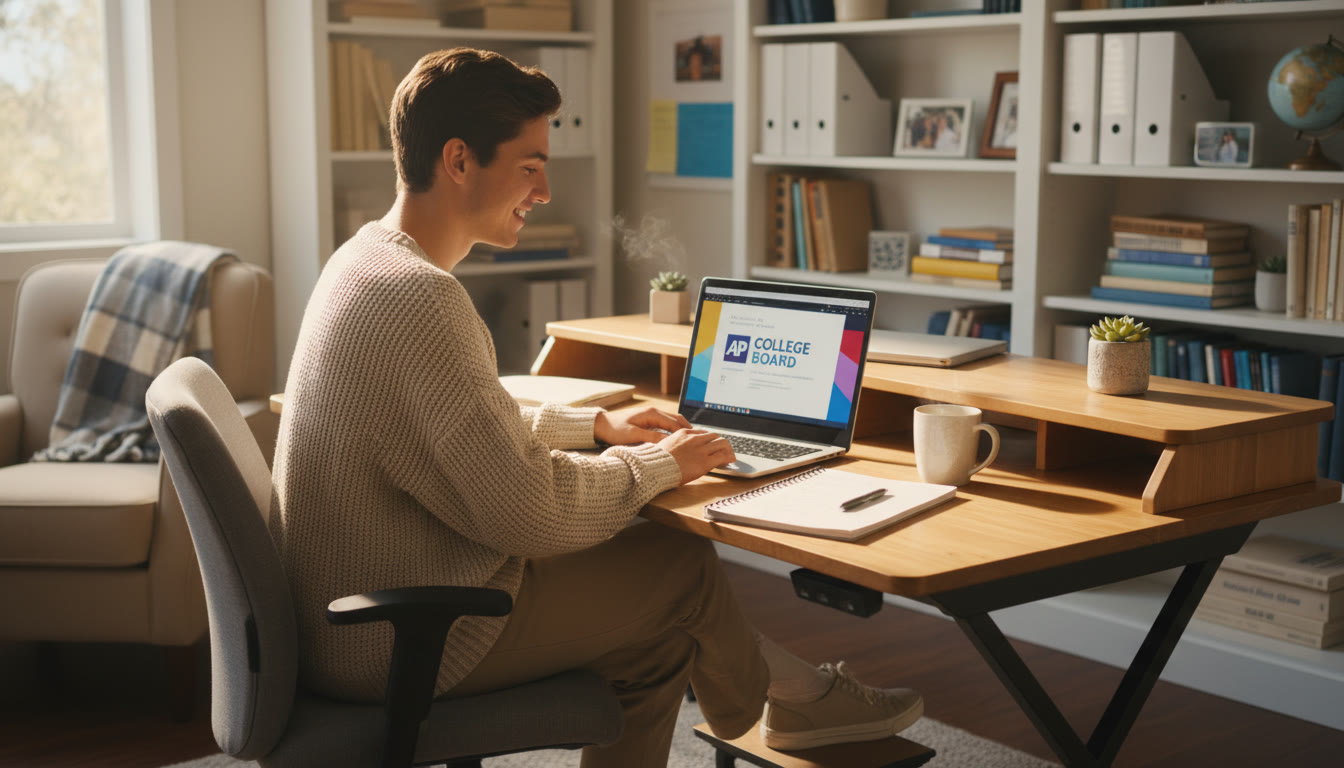
Start Small: The 20-20-20 Rule and Why It Works
The 20-20-20 rule is the simplest, most student-friendly place to begin: every 20 minutes, look at something 20 feet away for at least 20 seconds. It might sound too easy, but it’s effective because it gives your eye muscles a quick reset. When you stare at screens or pages up close, the tiny muscles inside your eyes hold a focused position for long stretches. Regularly looking away relaxes these muscles and reduces fatigue.
How to make it stick:
- Use a gentle repeating timer on your phone or computer — not an intrusive alarm — to remind you without jolting concentration.
- Pair the habit with a micro-task: when the timer goes off, sip water, stretch your shoulders, or jot a quick note. This builds a small ritual so you won’t ignore the break.
- If you use the Pomodoro method (25/5), shift slightly: look 20 feet away during your short break or add an extra quick look five minutes into each focus block.
Practical 20-20-20 variations for AP study sessions
- For long practice tests: every 20 minutes, glance across the room for 20–30 seconds while breathing deeply.
- For group study with peers in a library: look toward a wall or window at least 20 feet distant to avoid distracting others.
- For late-night studying: combine 20-20-20 with a brief standing stretch to re-energize.
Beyond 20-20-20: A Full Toolkit to Reduce Eye Strain
20-20-20 is a cornerstone habit, but there are other practical changes that make a big difference. Think of them as the rest of your study wellness toolkit.
1. Optimize Your Study Environment
- Lighting: Use soft, even lighting. Avoid bright overhead lights directly behind you or a heavily backlit screen. Natural light is great, but position your workspace so sunlight doesn’t create glare on your screen or textbook.
- Contrast and color: Increase contrast on screens and printed materials to reduce squinting. Many PDF readers and note apps let you switch to sepia or off-white backgrounds — these are often gentler than stark white.
- Declutter: A tidy desk reduces visual noise, making it easier for your eyes to settle on the task at hand.
2. Screen Setup and Ergonomics
Small adjustments in how you position devices make a big difference over hours of studying.
- Screen distance: Keep your screen about an arm’s length away (roughly 20–30 inches). If you wear bifocals or reading glasses, you might need slightly different spacing — experiment until text is comfortable without leaning forward.
- Screen height: The top of the screen should be at or slightly below eye level. This encourages a natural, slightly downward gaze and reduces corneal exposure that leads to dryness.
- Use an external keyboard or laptop stand when possible so you can keep posture healthy while meeting screen height recommendations.
3. Blink, Hydrate, and Humidify
Staring reduces blink rate, which dries the eyes. Remember to blink fully and regularly. If your eyes feel dry in long sessions, consider preservative-free artificial tears (use as directed) and drinking more water. In dry climates or winter months, a small humidifier near your desk can help keep moisture in the air.
4. Screen Settings and Blue Light
Lowering screen brightness to match ambient light reduces strain. Color temperature tools (Night Shift, f.lux, or built-in display settings) can reduce blue light in the evening, which may help you fall asleep more easily after late study sessions. Blue light reduction is not a cure-all for eye strain, but it’s a helpful habit, especially before bedtime.
5. Schedule Smart Breaks and Movement
Micro-breaks refresh your eyes and your brain. Mix the 20-20-20 checks with stretching, a short walk, or breathing exercises. You’ll return to your notes with better focus and memory retention.
Sample Daily Routine: Balancing Study and Eye Health
Here is a sample routine tailored for an AP student who studies 6 hours a day. Adjust according to your own schedule.
| Time Block | Activity | Eye Health Habit |
|---|---|---|
| 8:30–9:50 AM | Focused study/reading (90 mins) | 20-20-20 every 20 mins; standing stretch at 50 mins; drink water |
| 10:10–11:30 AM | Practice problems / calculator work (80 mins) | External monitor at eye level; small humidifier if needed |
| 1:00–2:30 PM | Review class notes and flashcards (90 mins) | Paper flashcards to vary focus distance; lower screen brightness |
| 3:00–4:30 PM | Practice test or timed section (90 mins) | Pomodoro with 20-20-20 during short breaks; brief outdoor walk afterwards |
What to Do If Symptoms Persist
If you apply these changes and still feel persistent dryness, double vision, severe headaches, or noticeable vision changes, see an eye care professional. Some students have underlying refractive issues (needing glasses or an updated prescription) or binocular vision problems that worsen with prolonged near work. Early assessment is faster and easier than trying to adapt to persistent discomfort.
Red flags that mean you should seek professional care
- Blurred or double vision that does not clear with rest.
- Headaches localized around your eyes or temple area that are frequent and intense.
- Drooping eyelids, severe redness, or sensitivity to light beyond normal tiredness.
Study Strategies That Protect Your Eyes and Improve Retention
Eye health and study effectiveness go hand in hand. Here are research-backed strategies that not only ease eye strain but also make your AP preparation more productive.
Mix paper and digital
Switching between printed material and screens reduces continuous near-focus and gives your eyes more varied focal distances. Paper is also better for some forms of deep reading and annotation.
Space practice for memory (distributed practice)
Studying a topic for shorter periods across multiple days beats cramming. This approach naturally introduces breaks and prevents the long, uninterrupted screen time that causes strain.
Active recall and varied formats
Use active recall (flashcards, self-quizzing) and alternate between visual, auditory, and kinesthetic methods. Reading aloud, teaching a peer, or drawing quick diagrams gives your eyes rests and your brain different ways to encode information.
Tech Tools and Apps That Help — Use Wisely
There are apps that gently remind you to take breaks, adjust color temperature, or schedule focused work sessions. Use them as support, not crutches. The goal is habit formation: you should eventually internalize the break routine so you don’t rely on an app beep to rest your eyes.
Examples of helpful app behaviors
- Soft, non-jarring notifications for breaks.
- Flexible timers that match your study rhythm (Pomodoro-friendly).
- Brightness and color temperature automation tied to local time.
Real Student Examples: Small Tweaks, Big Gains
Case 1: Maya, AP Biology student — Maya swapped two hours of late-night screen study for earlier evening review and used printed diagrams for deep learning. Result: fewer headaches and a sharper memory of pathways that used to blur during long late-night sessions.
Case 2: Jamal, AP Calculus student — Jamal raised his monitor on a stack of textbooks and used a Bluetooth keyboard. He combined 20-20-20 with a weekly outdoor jog. Result: less neck pain, fewer dry-eye episodes, and improved accuracy on timed sections.
Quick Checklist to Start Today
- Set a gentle 20-minute reminder for the 20-20-20 rule.
- Position your screen an arm’s length away and top at eye level.
- Match screen brightness to room lighting; try a warmer color temperature at night.
- Keep a water bottle nearby and blink consciously during focused work.
- Alternate digital and paper study materials to vary focus distance.
When Tutoring Helps: Personalized Guidance for Healthier Study Habits
Sometimes an outside perspective accelerates improvement. Personalized tutoring can help you reshape study routines so you get stronger results with less strain. Sparkl’s personalized tutoring offers 1-on-1 guidance and tailored study plans that can include healthy study rhythms, break schedules, and exam-specific practice pacing. An expert tutor can watch your study flow, recommend small ergonomic fixes, and design practice that respects both your learning needs and your eye health.
Myths and Misconceptions — Quick Debunks
- Myth: Blue light from screens permanently damages eyes. Reality: Short-term blue light exposure causes discomfort and can affect sleep, but it’s not proven to cause permanent eye damage at normal levels. Still, reducing evening blue light improves sleep quality for many students.
- Myth: Glasses make your eyes weaker. Reality: Corrective lenses reduce strain and help you study longer and more comfortably. Prescription updates are normal and helpful.
- Myth: More screen time always equals more learning. Reality: Quality beats quantity. Shorter, focused sessions with breaks and active review are usually more effective than marathon screen sessions.
Putting It All Together: A Two-Week Action Plan
Change happens with small, consistent steps. Here’s a two-week plan to build healthier study habits that protect your eyes and improve your AP prep.
- Days 1–3: Start the 20-20-20 rule. Set a gentle timer and practice looking 20 feet away. Note how you feel after each study block.
- Days 4–7: Tweak your workspace — adjust screen height, distance, and brightness. Add one printed study session per day.
- Days 8–10: Introduce structured micro-breaks (stand, stretch, hydrate). Try a short outdoor walk after a long practice test.
- Days 11–14: Evaluate and refine. If symptoms persist, book an eye exam. If your schedule feels better, lock the new habits into your calendar.
Final Thoughts: Your Vision, Your Focus, Your Exams
Preparing for AP exams is a marathon, not a sprint. Protecting your eyes isn’t just about comfort — it’s about maintaining the clarity and focus you need to learn efficiently and perform at your best on test day. Start with the approachable 20-20-20 rule, layer in ergonomic and scheduling tweaks, and don’t hesitate to seek help if discomfort continues. Small, consistent adjustments will keep your eyes fresh and your brain sharp as you move toward those AP test dates.
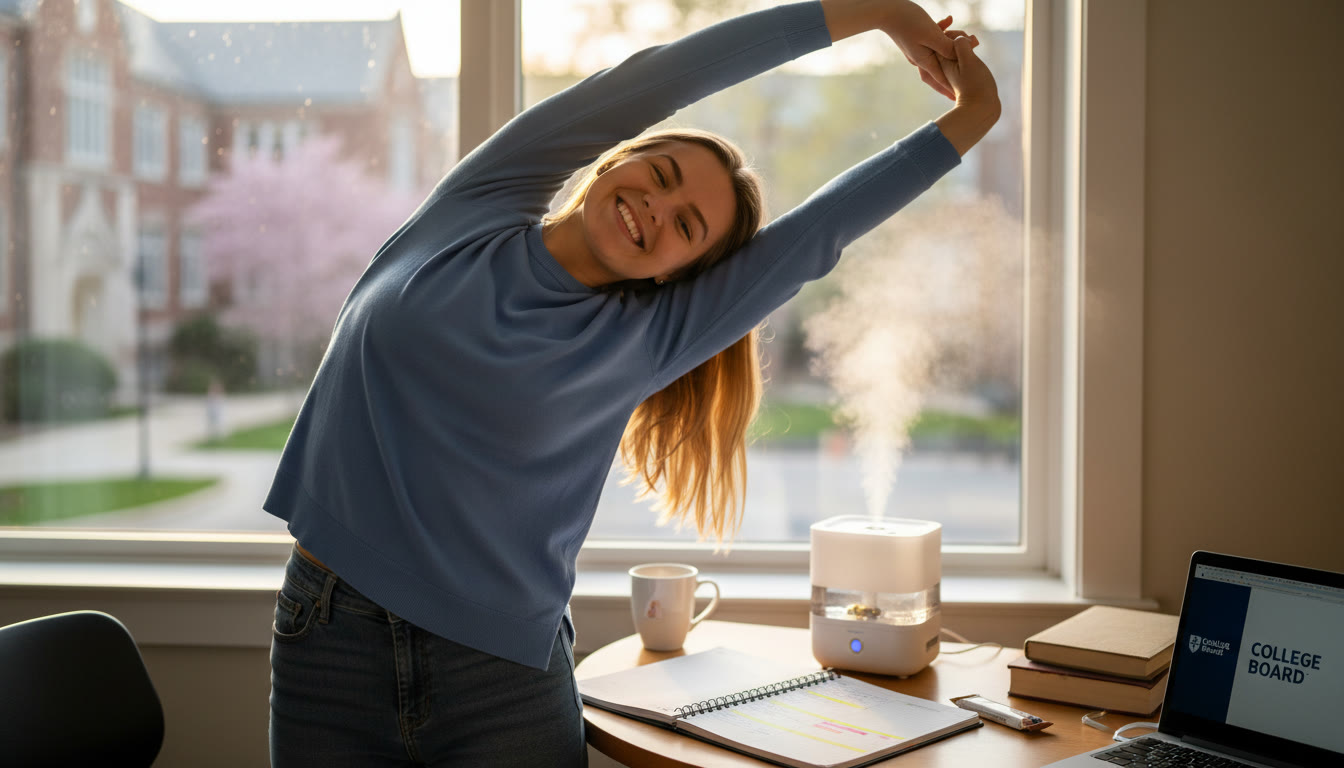
If you’d like, I can help you turn this two-week action plan into a printable checklist or a phone-friendly schedule that syncs with your study blocks. And if tailored, test-focused tutoring is part of your plan, consider scheduling a short session to build a study strategy that protects both your grades and your eyes.


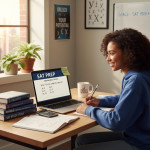

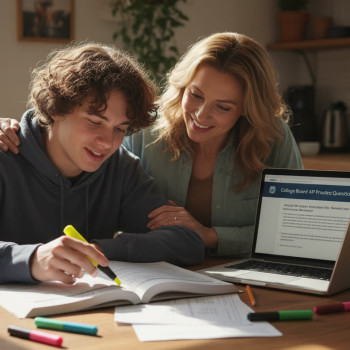

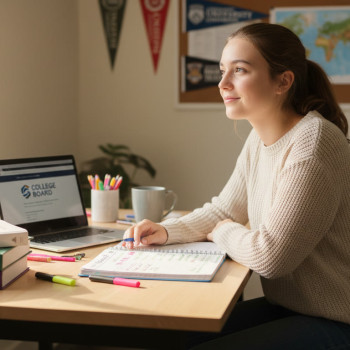



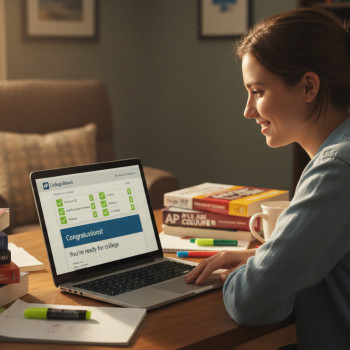













No Comments
Leave a comment Cancel